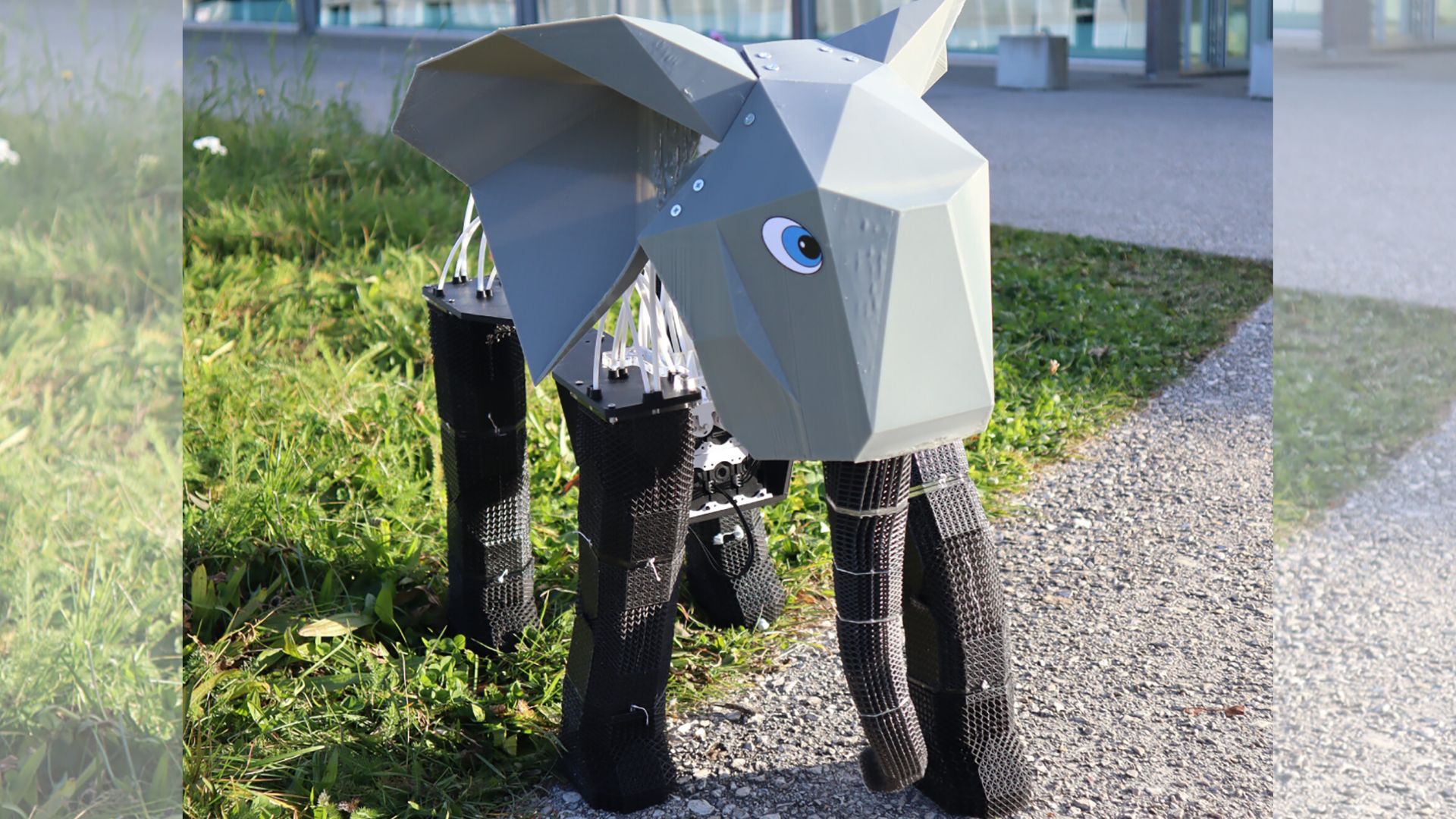Elephant robot mimics muscle and bone with foam lattice design

Source: interestingengineering
Author: @IntEngineering
Published: 7/16/2025
To read the full content, please visit the original article.
Read original articleEngineers at EPFL have developed a groundbreaking programmable foam lattice that combines softness and rigidity to mimic the musculoskeletal system of animals, enabling robots to bend, twist, and bear weight with unprecedented precision. This innovation was demonstrated through an elephant-inspired robot featuring a soft, twisting trunk and jointed limbs with varying stiffness, achieved by using two main types of foam cells—body-centered cubic (BCC) and X-cube—that can be blended continuously across the robot’s structure. This design allows smooth transitions between flexible and rigid areas, similar to how muscles transition into tendons and bones in animals.
The programmable foam lattice offers immense configurational flexibility, with millions of possible geometric combinations by rotating, shifting, or superimposing individual foam cells. This capability enabled the creation of diverse joint types in the elephant robot, such as sliding, bending, and biaxial joints, facilitating lifelike movements like trunk twisting and leg articulation. Beyond locomotion, the lattice’s high strength-to-weight ratio and open foam structure
Tags
roboticssoft-roboticsprogrammable-foam3D-printingbiomimicrylattice-structuresmusculoskeletal-system